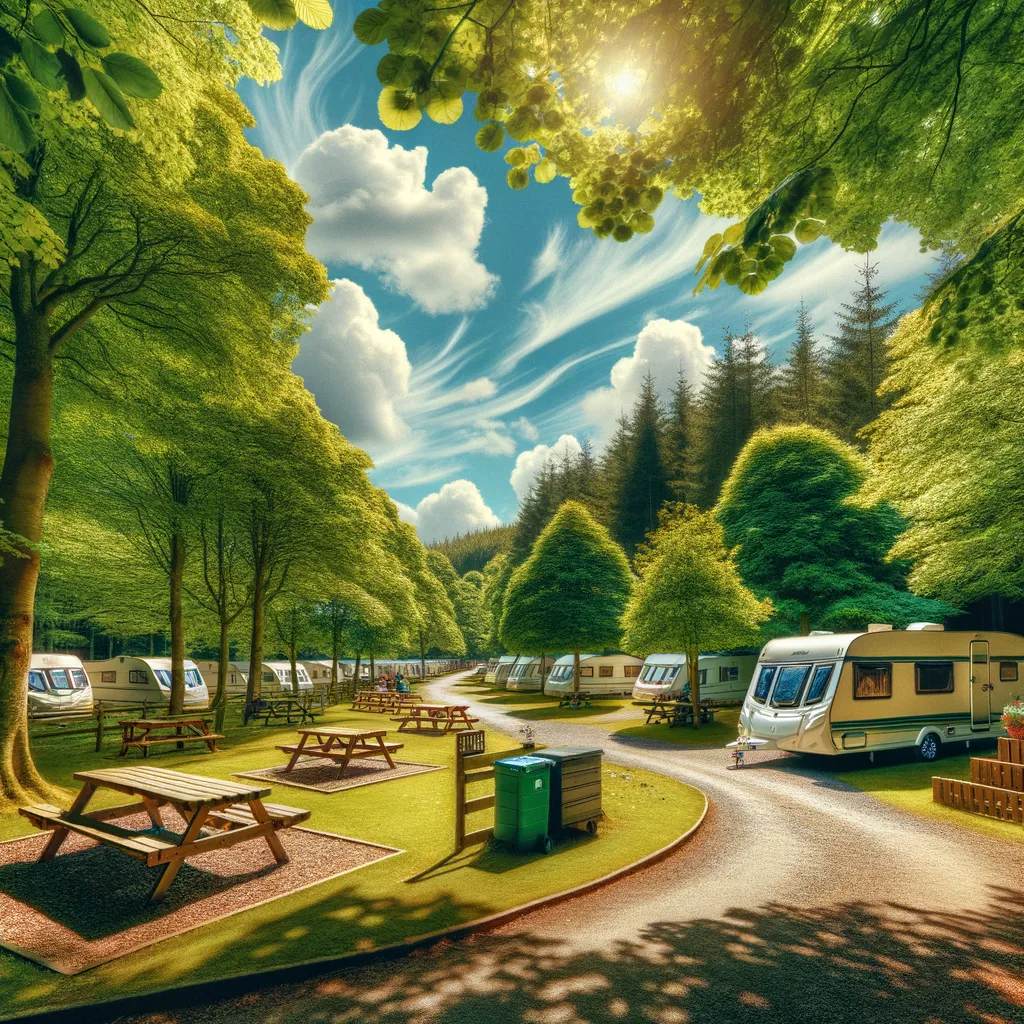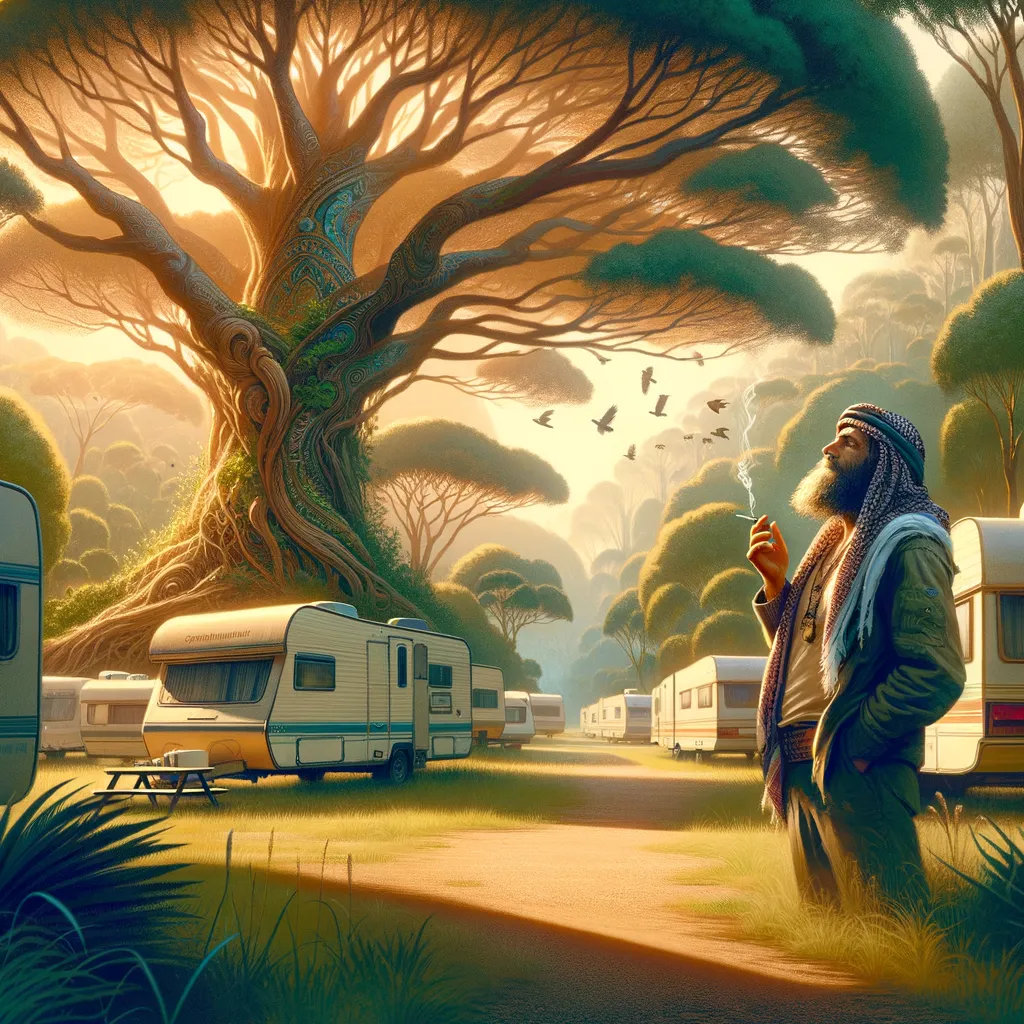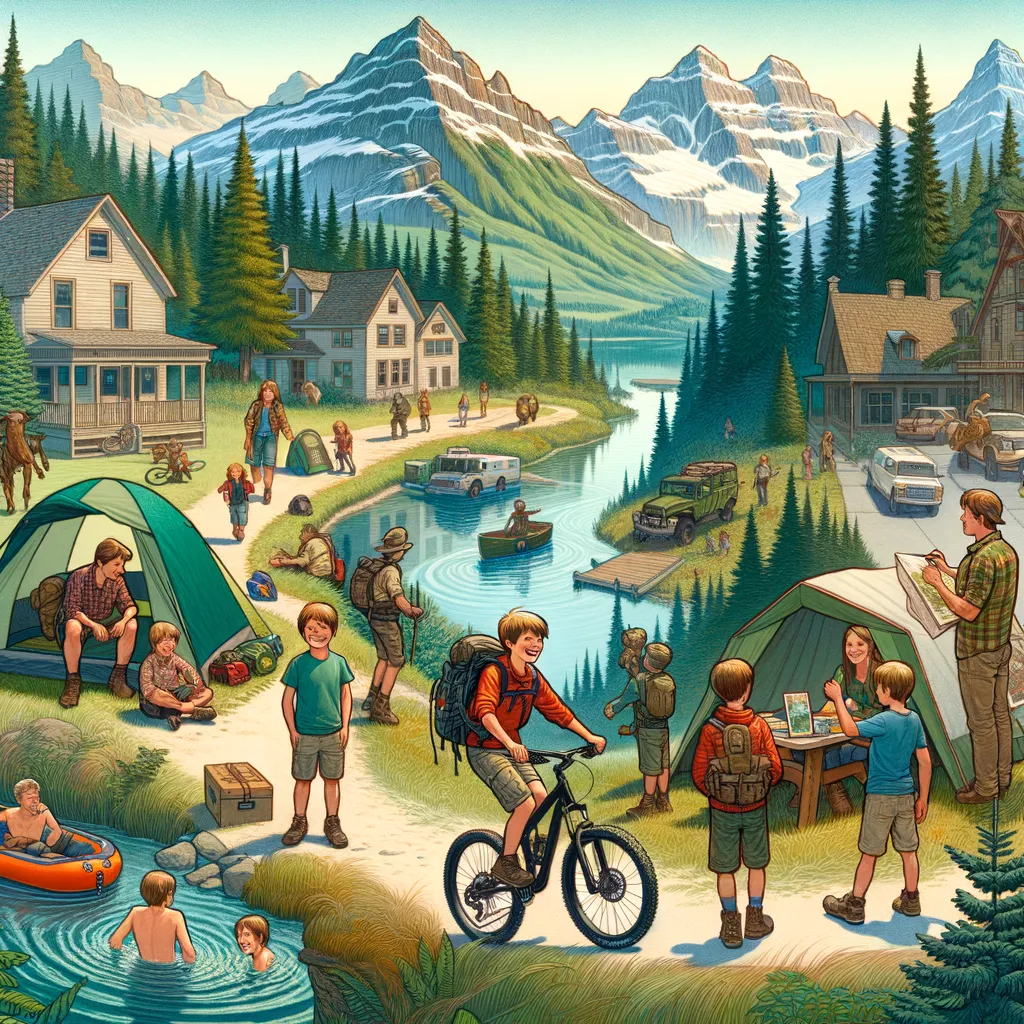Unlocking Creativity: A Parent’s Guide to Exploring the Intersection of Art and Nature
Welcome, dear parents, to a thrilling adventure where the vibrant worlds of art and nature intertwine! In today’s fast-paced digital age, it’s more important than ever to encourage our children to step outside, breathe in the fresh air, and reconnect with the earth. This guide will embark you on a delightful journey, showcasing how art and nature can come together to spark creativity, promote environmental awareness, and foster a deep-rooted connection with the natural world around us.
Why explore the intersection of art and nature, you ask? The answer is simple yet profound. Nature, with its endless array of colors, textures, and forms, provides an inexhaustible source of inspiration and learning. When children engage in creating art with natural materials or in natural settings, they develop a keen sense of observation, enhance their sensory skills, and cultivate a nurturing attitude towards the environment. This harmonious blend not only enriches their creative minds but also instills values of caring and responsibility towards our planet.
Embarking on the Art-Nature Journey
Beginning this wonderful journey with your children might seem daunting at first, but fear not! You don’t need to be an expert in art or a seasoned naturalist to get started. All you need is a curious mind and a willingness to explore the beauty of the great outdoors. Here are some simple steps to kickstart your art-nature adventures:
- Start Small: Begin with your backyard, a local park, or any green space nearby. The goal is to familiarize your children with the wonders of nature that lie close to home.
- Observe and Explore: Take walks with your children and encourage them to observe their surroundings. Ask questions about the colors, shapes, and sounds they notice. This fosters curiosity and engagement with the natural world.
- Collect Natural Materials: Together, gather leaves, twigs, pebbles, and other natural materials. These will be the primary tools and supplies for your art projects, connecting creativity directly with the environment.
- Get Creative Outdoors: Set up an outdoor art station where your children can experiment with the materials they’ve collected. Whether it’s leaf painting, twig sculptures, or stone stacking, the possibilities are endless.
Remember, the goal is to enjoy the process of exploration and creation. There are no mistakes here, only discoveries and opportunities for creativity to flourish.
Benefits of Integrating Art and Nature
Engaging children in activities that intersect art and nature brings a multitude of benefits, not only to their creative development but also to their emotional and physical well-being. Here are some key advantages:
- Sensory Development: Working with natural materials enhances sensory skills, as children touch, smell, and see the textures and colors of the earth.
- Emotional Well-being: Spending time in nature reduces stress and promotes a sense of peace and happiness. When combined with the joy of creating art, it can significantly boost children’s mood and self-esteem.
- Cognitive Growth: The problem-solving and critical thinking involved in creating art from natural materials challenge young minds and foster cognitive development.
- Environmental Awareness: Through direct interaction with nature, children learn about the environment’s significance and are encouraged to practice sustainability and conservation.
As we embark on this journey together, let’s aim to nurture our children’s creativity and love for the environment. In doing so, we prepare them to become thoughtful, caring, and innovative individuals. Ready to dive deeper?
Unlocking Creativity: A Parent’s Guide to Exploring the Intersection of Art and Nature
Five Essential Tips for Parents Preparing to Explore Art and Nature with Their Children
Embarking on the journey of exploring art and nature with your children is an enriching experience that fosters creativity, deepens environmental awareness, and strengthens the bond between you and your little ones. To make the most of this adventure, here are five essential tips every parent should know:
- Embrace Curiosity: Approach your art and nature activities with an open mind and encourage your children to ask questions and explore their curiosities. This not only enriches their learning experience but also stimulates their critical thinking and creativity.
- Prepare for the Outdoors: Outdoor explorations are at the heart of connecting art and nature. Ensure you and your children dress appropriately for the weather, bring water, and wear sun protection. A prepared parent makes for a stress-free adventure.
- Incorporate Technology Wisely: While the focus is on disconnecting from digital devices, technology can also enhance the outdoor artistic experience. Use apps for identifying plants or stars, or take photographs of nature scenes to paint or draw later at home.
- Create a Nature Journal: Equip your children with a notebook where they can sketch their observations, stick collected natural materials, or jot down thoughts and ideas. A nature journal is a wonderful tool for reflection and encourages children to develop a deeper connection with their surroundings.
- Lead by Example: Children learn by example. Show your enthusiasm for both art and nature by actively participating in activities. Your excitement and engagement can significantly influence their interest and involvement.
With these tips in hand, parents are well-prepared to guide their children through the exciting world where art and nature merge. This journey is not only about fostering creativity but also about teaching valuable lessons in environmental stewardship and appreciation for the natural world.
Activities to Kickstart Your Art and Nature Adventure
Diving into the intersection of art and nature opens up a realm of activities that are both educational and enjoyable. Here are a handful of ideas to get you started:
- Nature Walks and Sketching: Go on nature walks with sketchbooks in hand. Encourage your children to draw or paint landscapes, plants, or animals they find interesting.
- Land Art: Use natural materials to create temporary sculptures or arrangements in the environment. This is a great way for children to express themselves and to learn about the impermanence of art.
- Eco-friendly Craft Projects: Collect natural materials like leaves, twigs, rocks, and flowers to create eco-friendly crafts. These activities not only stimulate creativity but also teach children the value of reusing and recycling.
- Photography: Photography is a wonderful way to combine technology with nature exploration. Teach your children simple photography skills to capture the beauty of the natural world through their lens.
By engaging in these activities, children not only explore their creativity but also develop a profound appreciation for nature. It’s through these hands-on experiences that kids learn about the environment, the importance of preservation, and the joy of discovering beauty in the world around them.
This comprehensive guide serves as a stepping stone for parents and children to embark on a journey of discovery and creativity at the intersection of art and nature. Through simple yet profound activities, we can nurture a generation of creative thinkers and environmental stewards, ready to face the challenges of tomorrow with resilience and innovation. With each step taken outdoors, with every leaf painted or sculpture made from twigs, we get closer to understanding the delicate balance of our environment and the role we play within it. The great adventure of exploring art and nature with your children is an ongoing journey, one that unfolds with every season, offering
Disclaimer
The articles available via our website provide general information only and we strongly urge readers to exercise caution and conduct their own thorough research and fact-checking. The information presented should not be taken as absolute truth, and, to the maximum extent permitted by law, we will not be held liable for any inaccuracies or errors in the content. It is essential for individuals to independently verify and validate the information before making any decisions or taking any actions based on the articles.




